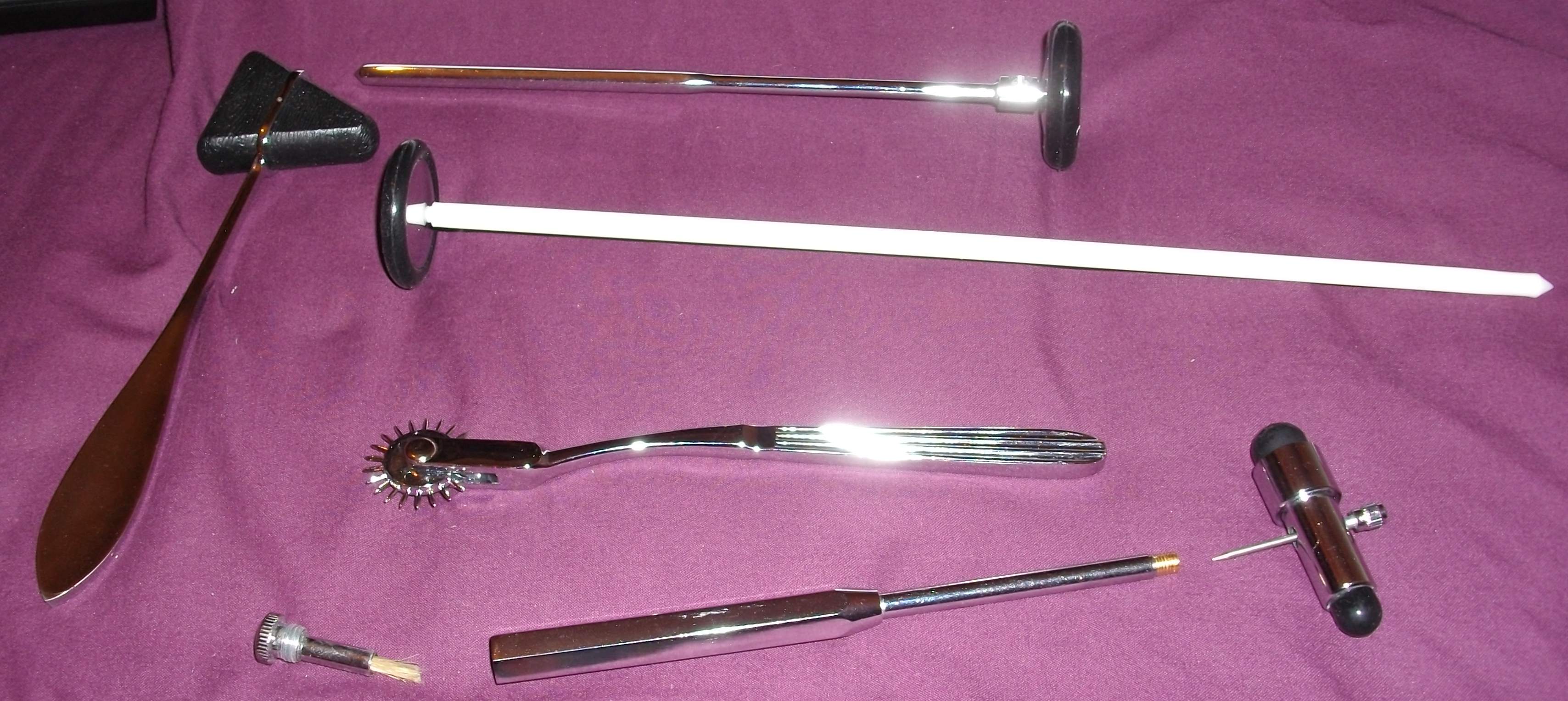A patient I saw in free clinic was overdue for her breast and colon cancer screening, because she had lost her health insurance years ago. This is so commonplace that by now I am shocked when patients at our clinic are current on their screening. It's a shame, too, because cancer screening is one of the most effective health interventions we can provide a patient population. For example, by undergoing regular Pap smears, women increase their life expectancy by 2 to 3 months. Then again, since our patients are uninsured, few of them could manage to receive treatment if a screening test came back positive.
As for my patient, our clinic doesn't perform mammograms, which are the standard screening test for breast cancer. That left the doctor and me in the familiar position of estimating whether our patient should spend her own money on a mammogram at an outside clinic. On the one hand, our patient said she was short on cash. On the other hand, she had a family history that placed her at substantially higher risk of breast cancer. Had enough time elapsed since her last test to justify the expense of a new mammogram? We decided, probably not. It's a grim calculus, the sort of mathematics that I hate having to perform.
Yet this week, the discussion was different. The question was whether our patient could hold off until 2014, when the remaining provisions of President Obama's Affordable Care Act (ACA) take effect. Under the ACA, our patient's cancer screening will be fully covered. She won't even be charged a co-pay. I don't think I've ever finished a day in clinic feeling so optimistic.
Medical school has introduced me to patients in desperate straits. One of my first patients appeared to have a hormone-secreting tumor that had set her body's electrolyte balance awry. Surgically removing the tumor probably would have cured her. But she couldn't afford it. She couldn't even afford the imaging study that would have confirmed the presence of the tumor. Instead, when I had seen her, her electrolyte levels were so skewed as to be nearly incompatible with life. By now she is probably dead. I couldn't help but ask myself: why must this be?
I used to talk about "the uninsured" as an abstraction. Now I examine them in the exam room, and I
am increasingly entrusted with their care. They are people, just like you and
me. Their hearts beat and their stomachs growl. I feel responsible for them. I want to see them lead happy lives.
My recent experience in clinic was the moment when it truly sunk in: many of the uninsured patients I see are entering a new era. It won't be a perfect era. But it will be an era where I'll get to perform a happier kind of math.
Update: A classmate informs me that, thanks to a grant, a nearby clinic will perform patients' mammograms for free of charge.
